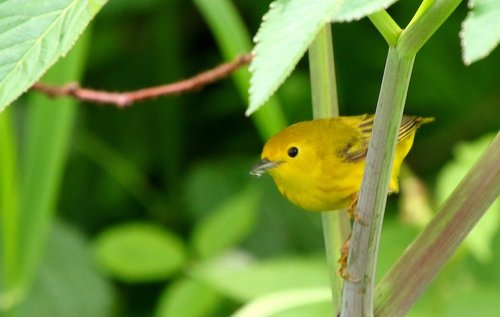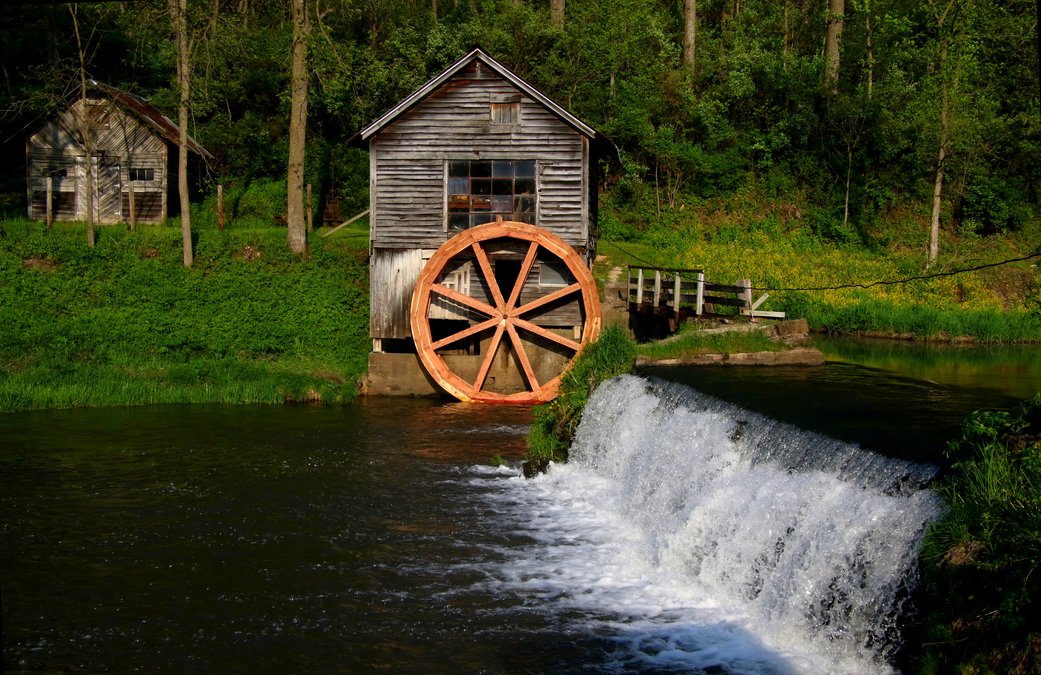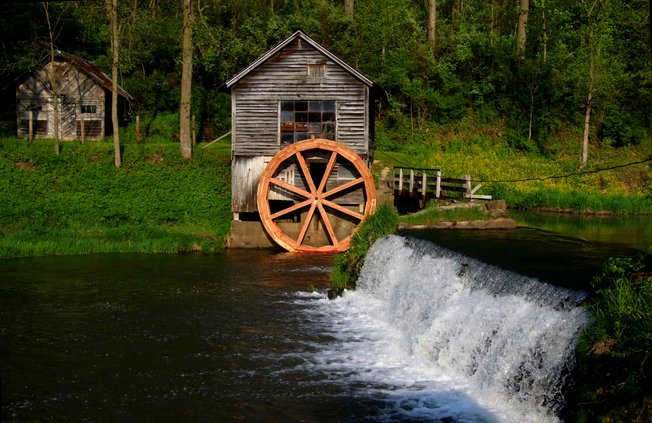Every day brings a new outdoors episode. Some are anticipated, others surprises. Still others are once in a lifetime experiences.
Episodes can become serious gathering locations; others are notations in memory or photography.
Saturday brought the first fawn when most were expected. The peak of Wisconsin fawn births is near May’s end. Other little whitetails are well on their way following mother; and some haven’t yet received a taste of “high energy” milk.
The next day, Sunday, was the first 17-year periodic cicada crawling out of the soil after feeding on plant roots since dropping as a hatched egg that was deposited in tree bark by the female bug 17 springs ago, during 2007.
I experienced that event, too.
Evening seemed to be the best time to see bugs coming out of their exoskeletons (shells), their under soil armors.
It takes about five days after coming out before the cicadas begin serenading to their kind to come and mate. Then the males die; the females lay eggs before they die.
Monday brought another first, this one 20 years in the waiting. The small American chestnut trees were growing tall but were shaded too much by red oaks and black cherries. Several hundred dollars later the native trees were dropped by an experienced sawyer using what he called a chainsaw plunge cut to fall the trees where I wanted them. A year of full sun has brought chestnut flowers in the form of catkins with both pollen and fruit flowers.

Spongy moths, so now named for their winter egg masses, are everywhere in the form of caterpillars, especially on beech trees, oaks and witch-hazel shrubs.
Red cedar trees, those with pollen cones and others with seed cones that smell like gin, are showing fungal infections of cedar-apple rust on rainy days.
New blooms abound, in what Aldo Leopold called plant birthdays. Prairies are great places to celebrate these “births.”
Ginseng is about to bloom green and tiny. Stickseeds are recognizable as a single-stemmed weed in woodlands. Pull them now or pull hundreds of four-seeded burs after every fall hunting trip.
Mushrooms are beginning to show that morels are not the only spring fungus. Some are edible, but know your hyphae before simmering.
Ruby-throated hummingbirds are scarce in parts, but Jill Schartner, retired Wisconsin Department of Natural Resources field warden in Bayfield County seems to have the answer or at least the knack as she and her husband Tom go through 300 pounds of sugar during a season. “We’ve had them since before Mother’s Day and usually have 60 at a time,” Jill Schartner said.
Jill Schartner also discovered a ruffed grouse nest with 12 eggs.
Monarchs, swallowtails and other early butterflies are abundant and pollinating.
Cottonwood trees, at least half of them, continue to release seeds with attached fluffy, white fibers carrying fragile seeds great distances. Doug Williams, at D W Sports Center in Portage, marvels at this abundance and nuisance.
Nuts and other fruits are beginning to form on oaks, hazelnuts, walnuts and hickories. What could be bumper crops of black raspberries (blackcaps) and black berries are evident.
While many of these events and occurrences are there for observing, marveling, noticing, and photographing, others are there for the gathering now or later. .
One of the more visited and admired southwestern Wisconsin sites, the Hyde Mill, in the unincorporated community of Hyde in Iowa County, recently received a new water wheel constructed of red cedar wood by members of the Ted Sawle family.
Turkey hunters were at it until the last day of the six-period season. Don Martin, at Martin’s in Monroe, had a hunter come in for more ammunition at 4 pm on the last day, May 28.
Campers had filled the grounds at Yellowstone Lake State Park and wildlife area in Lafayette County according to Wayne Smith, a local outdoorsman, who said that at times there was no room for outstate hunters to stay.
Contact Jerry Davis, a freelance writer, at sivadjam@mhtc.net or 608.924.1112.





